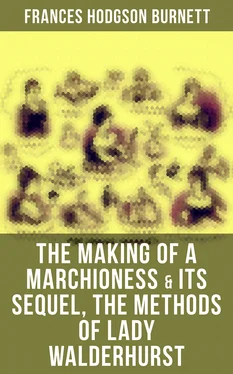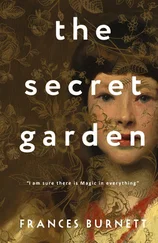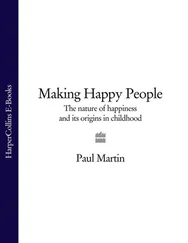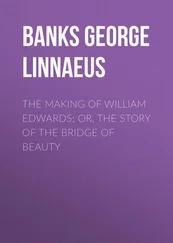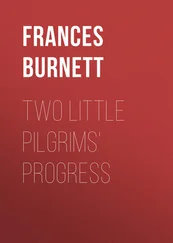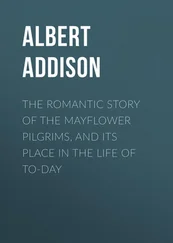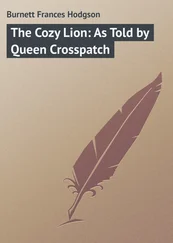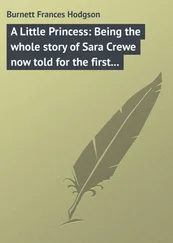“It was because of this invitation that I wanted to talk to you, Jane,” she went on. “You see, we shall have to begin to contrive about dresses.”
“Yes, indeed, miss. It’s fortunate that the summer sales are on, isn’t it? I saw some beautiful colored linens yesterday. They were so cheap, and they do make up so smart for the country. Then you’ve got your new Tussore with the blue collar and waistband. It does become you.”
“I must say I think that a Tussore always looks fresh,” said Emily, “and I saw a really nice little tan toque—one of those soft straw ones—for three and eleven. And just a twist of blue chiffon and a wing would make it look quite good .”
She was very clever with her fingers, and often did excellent things with a bit of chiffon and a wing, or a few yards of linen or muslin and a remnant of lace picked up at a sale. She and Jane spent quite a happy afternoon in careful united contemplation of the resources of her limited wardrobe. They found that the brown skirt could be altered, and, with the addition of new revers and collar and a jabot of string-coloured lace at the neck, would look quite fresh. A black net evening dress, which a patron had goodnaturedly given her the year before, could be remodelled and touched up delightfully. Her fresh face and her square white shoulders were particularly adorned by black. There was a white dress which could be sent to the cleaner’s, and an old pink one whose superfluous breadths could be combined with lace and achieve wonders.
“Indeed, I think I shall be very well off for dinner-dresses,” said Emily. “Nobody expects me to change often. Every one knows—if they notice at all.” She did not know she was humble-minded and of an angelic contentedness of spirit. In fact, she did not find herself interested in contemplation of her own qualities, but in contemplation and admiration of those of other people. It was necessary to provide Emily Fox-Seton with food and lodging and such a wardrobe as would be just sufficient credit to her more fortunate acquaintances. She worked hard to attain this modest end and was quite satisfied. She found at the shops where the summer sales were being held a couple of cotton frocks to which her height and her small, long waist gave an air of actual elegance. A sailor hat, with a smart ribbon and well-set quill, a few new trifles for her neck, a bow, a silk handkerchief daringly knotted, and some fresh gloves, made her feel that she was sufficiently equipped.
During her last expedition to the sales she came upon a nice white duck coat and skirt which she contrived to buy as a present for Jane. It was necessary to count over the contents of her purse very carefully and to give up the purchase of a slim umbrella she wanted, but she did it cheerfully. If she had been a rich woman she would have given presents to every one she knew, and it was actually a luxury to her to be able to do something for the Cupps, who, she always felt, were continually giving her more than she paid for. The care they took of her small room, the fresh hot tea they managed to have ready when she came in, the penny bunch of daffodils they sometimes put on her table, were kindnesses, and she was grateful for them. “I am very much obliged to you, Jane,” she said to the girl, when she got into the four-wheeled cab on the eventful day of her journey to Mallowe. “I don’t know what I should have done without you, I’m sure. I feel so smart in my dress now that you have altered it. If Lady Maria’s maid ever thinks of leaving her, I am sure I could recommend you for her place.”
Table of Contents
There were other visitors to Mallowe Court travelling by the 2:30 from Paddington, but they were much smarter people than Miss Fox-Seton, and they were put into a first-class carriage by a footman with a cockade and a long drab coat. Emily, who traveled third with some workmen with bundles, looked out of her window as they passed, and might possibly have breathed a faint sigh if she had not felt in such buoyant spirits. She had put on her revived brown skirt and a white linen blouse with a brown dot on it. A soft brown silk tie was knotted smartly under her fresh collar, and she wore her new sailor hat. Her gloves were brown, and so was her parasol. She looked nice and taut and fresh, but notably inexpensive. The people who went to sales and bought things at three and eleven or “four-three” a yard would have been able add her up and work out her total. But there would be no people capable of the calculation at Mallowe. Even the servants’ hall was likely to know less of prices than this one guest did. The people the drab-coated footman escorted to the first-class carriage were a mother and daughter. The mother had regular little features, and would have been pretty if she had not been much too plump. She wore an extremely smart travelling-dress and a wonderful dust-cloak of cool, pale, thin silk. She was not an elegant person, but her appointments were luxurious and self-indulgent. Her daughter was pretty, and had a slim, swaying waist, soft pink cheeks, and a pouting mouth. Her large picture-hat of pale-blue straw, with its big gauze bow and crushed roses, had a slightly exaggerated Parisian air.
“It is a little too picturesque,” Emily thought; “but how lovely she looks in it! I suppose it was so becoming she could not help buying it. I’m sure it’s Virot.”
As she was looking at the girl admiringly, a man passed her window. He was a tall man with a square face. As he passed close to Emily, he stared through her head as if she had been transparent or invisible. He got into the smoking-carriage next to her.
When the train arrived at Mallowe station, he was one of the first persons who got out. Two of Lady Maria’s men were waiting on the platform. Emily recognised their liveries. One met the tall man, touching his hat, and followed him to a high cart, in the shafts of which a splendid iron-gray mare was fretting and dancing. In a few moments the arrival was on the high seat, the footman behind, and the mare speeding up the road. Miss Fox-Seton found herself following the second footman and the mother and daughter, who were being taken to the landau waiting outside the station. The footman piloted them, merely touching his hat quickly to Emily, being fully aware that she could take care of herself.
This she did promptly, looking after her box, and seeing it safe in the Mallowe omnibus. When she reached the landau, the two other visitors were in it. She got in, and in entire contentment sat down with her back to the horses.
The mother and daughter wore for a few minutes a somewhat uneasy air. They were evidently sociable persons, but were not quite sure how to begin a conversation with an as yet unintroduced lady who was going to stay at the country house to which they were themselves invited.
Emily herself solved the problem, producing her commonplace with a friendly tentative smile.
“Isn’t it a lovely country?” she said.
“It’s perfect,” answered the mother. “I’ve never visited Europe before, and the English country seems to me just exquisite. We have a summer place in America, but the country is quite different.”
She was goodnatured and disposed to talk, and, with Emily Fox-Seton’s genial assistance, conversation flowed. Before they were halfway to Mallowe, it had revealed itself that they were from Cincinnati, and after a winter spent in Paris, largely devoted to visits to Paquin, Doucet, and Virot, they had taken a house in Mayfair for the season. Their name was Brooke. Emily thought she remembered hearing of them as people who spent a great deal of money and went incessantly to parties, always in new and lovely clothes. The girl had been presented by the American minister, and had had a sort of success because she dressed and danced exquisitely. She was the kind of American girl who ended by marrying a title. She had sparkling eyes and a delicate tip-tilted nose. But even Emily guessed that she was an astute little person.
Читать дальше
